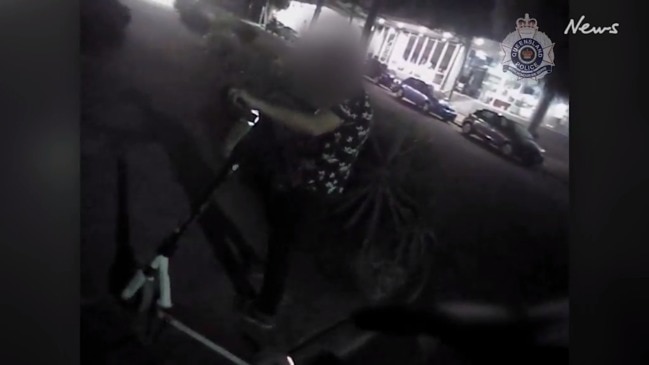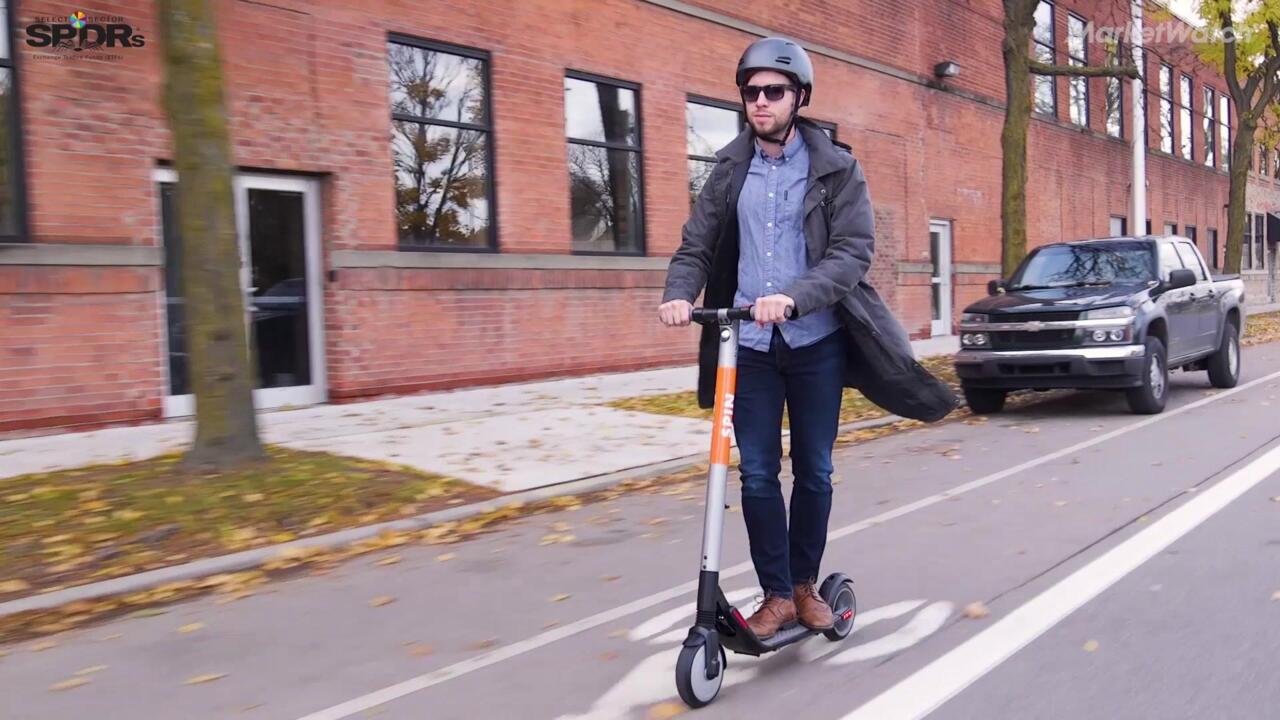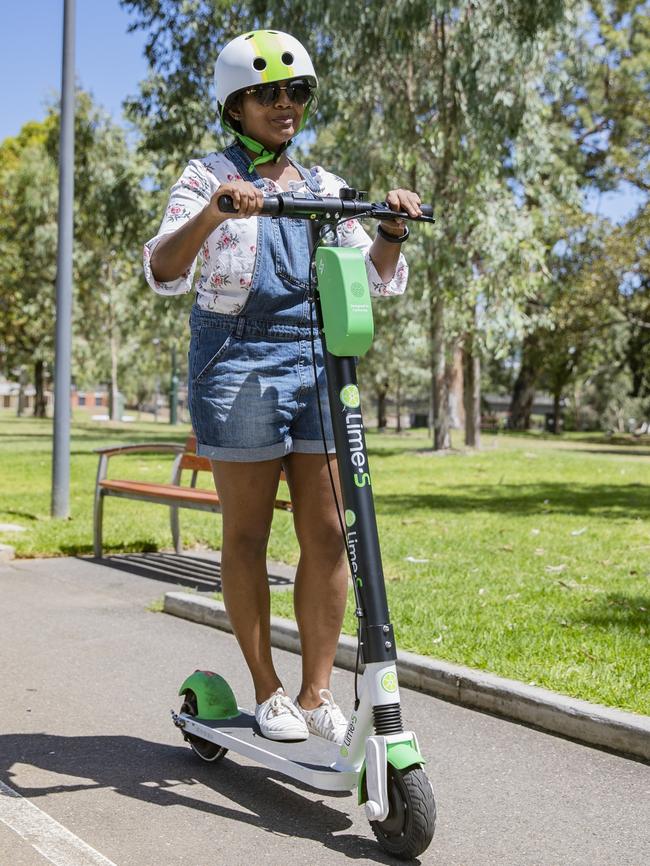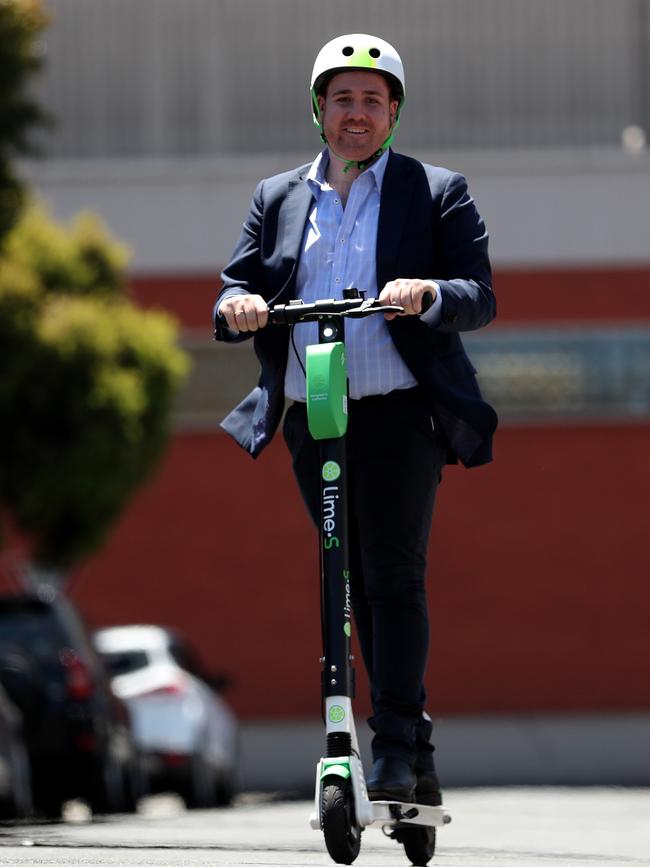Greg Barila: E-scooters will have problems, but are more likely to help Adelaide’s traffic woes — and the world
After spending an hour and $22 stuck in traffic, an e-scooter cost me $6 and 15 minutes to get back to work, writes Greg Barila. Adelaide, embrace this idea — for the world as well as our sanity.

Opinion
Don't miss out on the headlines from Opinion. Followed categories will be added to My News.
Adelaide has a very fast car race makes that our city go very slow.
I got tangled in its clutches this week and look, partly it was my fault.
Booking an appointment in the city’s gridlocked east end the day after the race, and then, fool that I am, giving myself only about 15 minutes to travel the 2.9km distance from work by Uber, which, thanks to the traffic was Uber late.
Sorry, the driver messaged en route, this traffic jam is “terrific”. (He meant terrific in a bad way).
And he wasn’t kidding.
It took a full 20 mins to go 100m up the carpark formerly known as Franklin St at which point the chances of me making my appointment on time were looking about as good as Michael Cohen getting invited over to Trump’s house for cheeseburgers.
Dismayed I called ahead to my appointment. “Sorry, stuck in traffic!”
“Don’t worry”, receptionist Val reassured, “we’ve been getting calls from customers like you all day. Just get here when you can.”

At this rate? How does August work for you?
After advancing all of about five metres in 15 minutes, I called Val again and cancelled. “Sorry!!!”
So now I’m stuck sitting in an Uber, racking up a fare to get across town for … no reason at all.
“Just drop me off here, please mate,” I told the driver, already resigned to the fact I would probably never see my family again and the footpath near Kensington Rd would be my new home now, because surely there was no way of ever getting back.
Aha! Except there was — a Lime electric scooter.
I spied one standing under a tree near the Britannia Roundabout and, with a couple of clicks in the app, I was soon cruising up the footpath, past banks of frustrated motorists, making sure to look as smug as possible at 15km an hour.
My Uber ride to traffic dystopia took about an hour and cost just over $22.
I zipped back on the scooter in 15 mins for the princely sum of $6.
When I got back to civilisation, I shared my ordeal on Twitter and was variously chastised for even daring to venture to the east side of town in the first place, for not taking a bus back to town, for not employing my perfectly functioning legs.


But listen. Unless Keanu Reeves suddenly appears on the H22 to Wattle Park, your bus isn’t about to mount the kerb and deliver you to your destination via the footpath.
And why walk when you can feel the wind on your face and the sheer adrenaline rush of travelling over land on two wheels, propelled by a battery slightly more powerful than a hair-dryer?
Much has been made of the risks and dangers of using the types of e-scooters currently on trial in the city. Those risks aren’t totally unfounded.
If they become a permanent fixture in Adelaide at the trial’s end, some riders WILL come off and they WILL get hurt — hopefully not terribly.
Some stupid, careless rider WILL bowl down an unsuspecting pedestrian.
People WILL trip over scooters left thoughtlessly in the middle of walkways and around corners.
To travel by any mode at all, is to take some degree of risk and at least some scooter mishaps have been linked to riders not wearing helmets.
More than that, there’s emerging evidence that relatively cheap methods of transport, like e-scooters, are not just a silly novelty as some people seem to think but in fact are becoming more important in the shift towards smart, clean cities.
As Wired Magazine reported, city planners around the world are keen to use the data generated by electric scooters to help them understand where they fit into the general transport mix, whether they’re actually helping to take cars off the road and whether cities need to build more bikeways or dedicated parking spaces.
According to PC Mag, where ride-sharing services like Lyft and Uber have helped drive down car-ownership for many city-dwellers, scooters can help us solve the problem of “first and last mile” travel — short trips that would normally require you to jump in your car, spew pollution into the air, add to traffic congestion and take up a carparking space.
In 2018, the scooter company Bird claimed it had saved about 6000 tonnes of carbon emissions in its first 12 months of operation, not counting the electricity needed for recharging.
Scale those kinds of savings up to 500 cities in the world with over a million people, writes clean-tech advocate Zoheb Davar, and suddenly you’ve taken the equivalent of 105,000 cars off the road, globally, every day.
That’s a big IF, but surely it’s a road, or footpath, worth exploring?
On yer bike.



